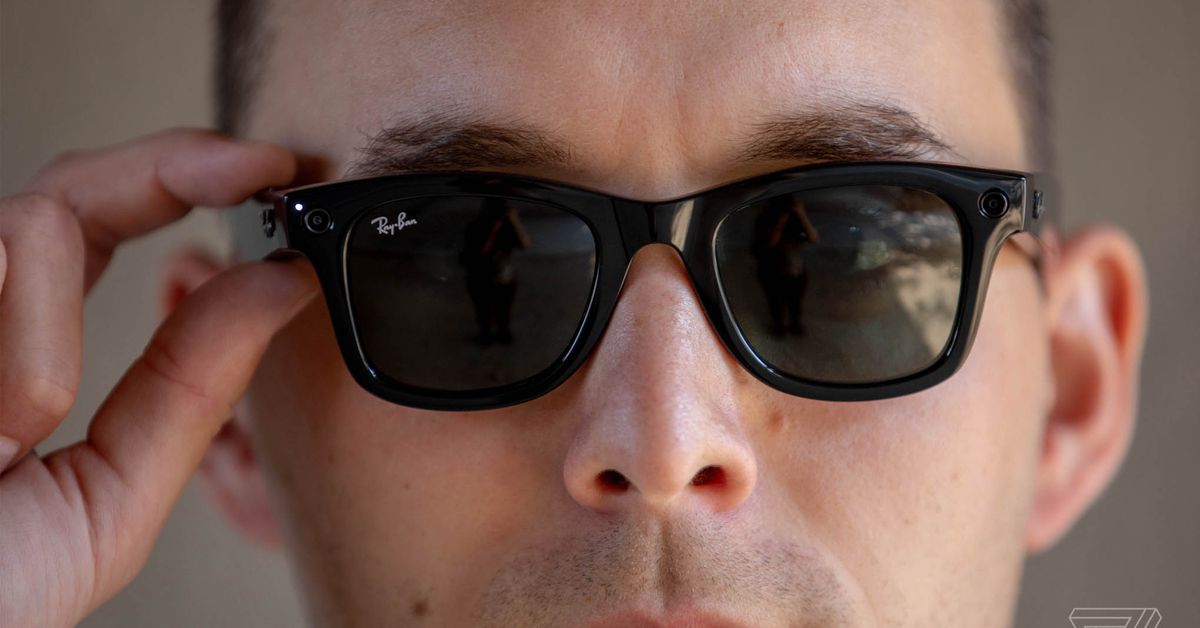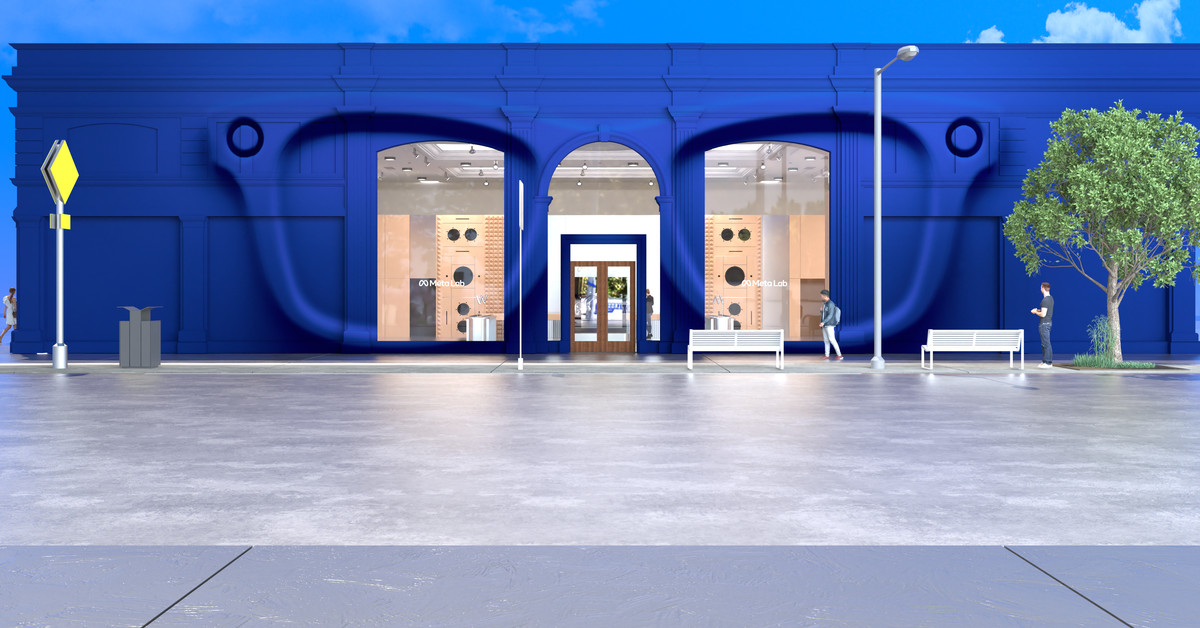During a recent flight from Los Angeles to New York City, I put a headset on my face to watch a movie.
I wasn’t wearing the Vision Pro or a Meta Quest. I was trying the latest pair of AR glasses from Xreal, a Chinese startup taking an unusually focused approach to face computers.
To call the Xreal One, which is available for preorder starting on Wednesday for $499, a pair of AR glasses feels like a stretch. While they do technically overlay graphics onto your field of vision, they really just function as a display mirror for your phone, laptop, or gaming console. But given the display advancements in the One over Xreal’s last Air 2 glasses, that may be enough.
The Xreal One uses a custom birdbath lens system to achieve what the company says is equivalent to a 1080p display with a 50-degree field of view. Practically, based on my experience watching Netflix’s Rebel Ridge from my plane seat (a very good movie), that translates to a fairly immersive viewing experience.
It’s not like watching something in the Vision Pro. But the fact that I was wearing an 84-gram pair of glasses that didn’t fully occlude my vision more than made up for the difference. The only time I felt the viewing experience was worse than using my iPad was during very dark scenes. Dark colors are fairly pixelated in the Xreal One. It’s not a deal-breaker, but it may deter you from bingeing Christopher Nolan’s Batman movies.
Xreal partnered with Bose for the speakers embedded into the frames of the One. They sound much better than the audio in the Meta Ray-Bans, but I relied on my Sonos Ace headphones paired to my iPad, which had Rebel Ridge downloaded, for my flight.
While the company stressed that the glasses they sent me were running on beta software, it’s remarkable how much the Xreal One rely on whatever device you’re connected to via USB-C for screen mirroring. A lot of the headsets from Meta, Snap, and others have big software ideas about what AR eyewear should be but feel scattershot or not entirely fully formed.
For now, Xreal is clearly betting on the idea that, at a cheap enough price point, the glasses form factor is compelling as a glorified display on your face. In a recent interview, CEO Chi Xu told me the company has sold roughly half a million glasses since first launching in 2017, and the top use cases are for in-home entertainment and business travel. In a sea of headsets that aren’t quite sure what they’re meant for, it’s refreshing to try a pair of AR glasses that do one job pretty well.













